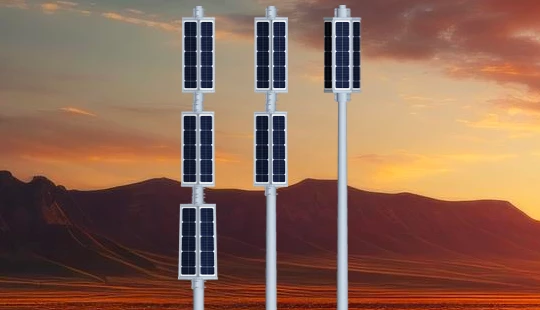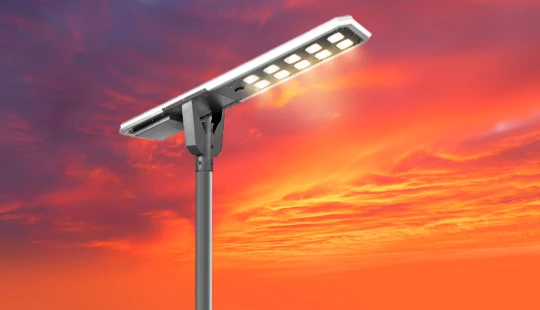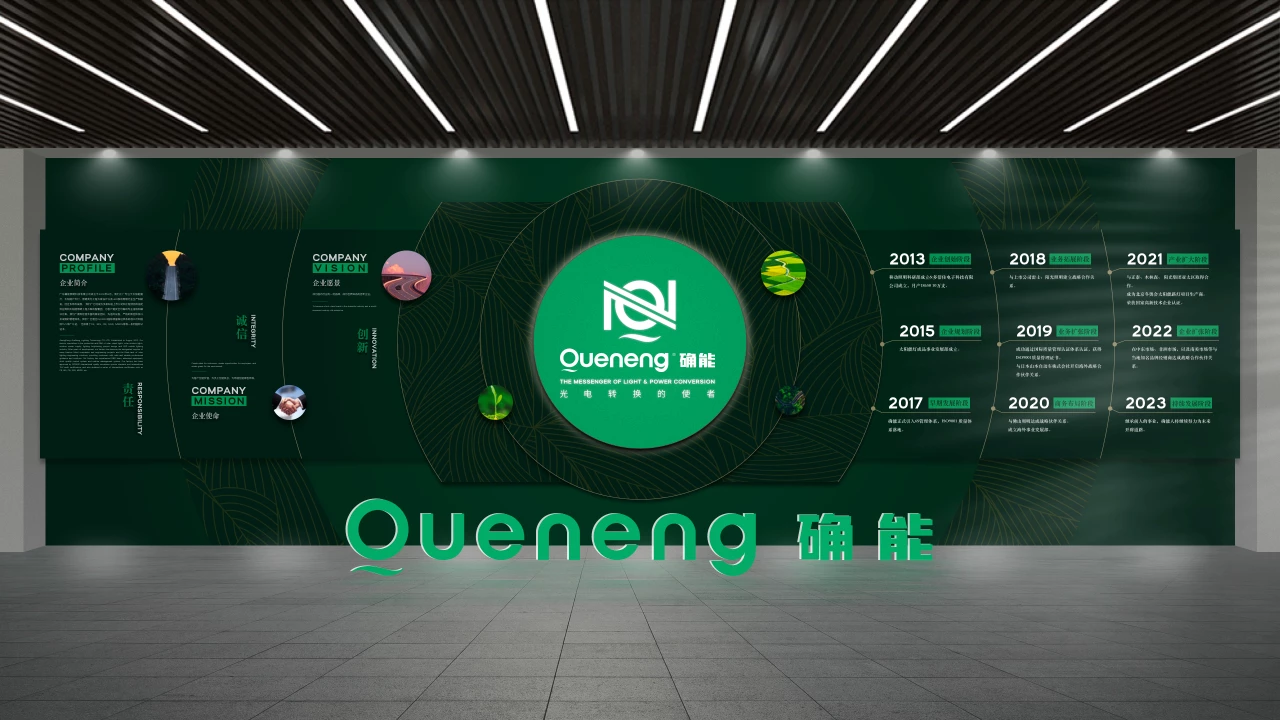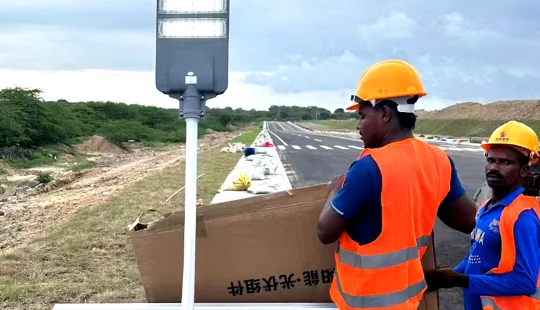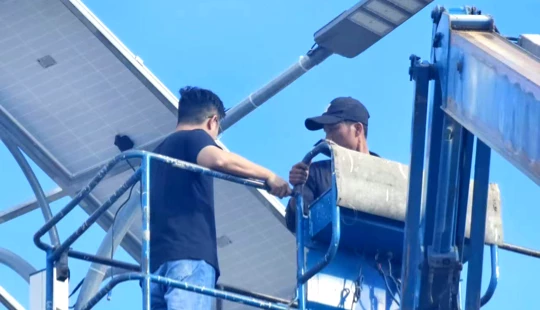How Much Sunlight Do Solar Street Lights Need to Work Effectively?
Learn how much sunlight solar street lights need to function efficiently. Discover key factors such as peak sun hours, seasonal impact, and battery autonomy.
Solar street lights rely entirely on sunlight to generate power. For them to operate efficiently, understanding the amount of sunlight needed is crucial for planning, design, and installation. In this article, we’ll explore the solar radiation requirements, influencing factors, and recommendations to ensure optimal performance of solar lighting systems.
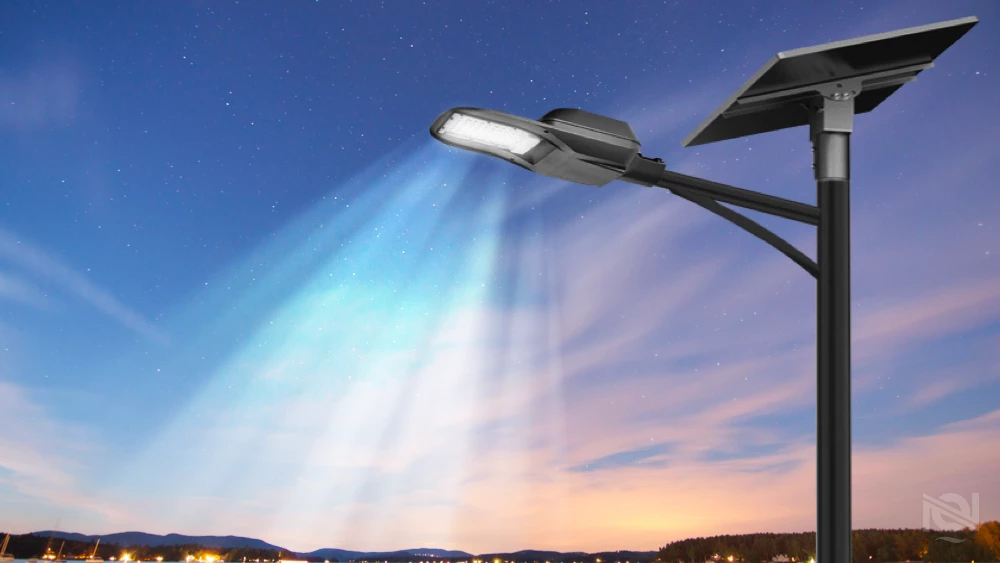
1. What Are Peak Sun Hours?
“Peak sun hours” refer to the number of hours in a day when the sunlight intensity reaches 1,000 watts per square meter (1 kW/m²), which is considered optimal for solar panel energy generation.
- Minimum Requirement: Most solar street lights require at least 4–6 peak sun hours per day to charge fully.
- Ideal Locations: Regions closer to the equator usually receive 5–7 peak sun hours, making them highly suitable for solar lighting.
2. How Does Sunlight Affect Charging Efficiency?
The amount of solar radiation directly affects how efficiently the solar panels can convert sunlight into electricity.
| Condition | Efficiency Impact |
|---|---|
| Clear skies | ☀️ 100% charging efficiency |
| Light cloud cover | ☁️ ~70–80% efficiency |
| Heavy cloud/rain | 🌧️ ~20–40% efficiency |
| Shaded installations | 🌳 ~10–50% efficiency |
Note: Prolonged lack of sunlight can deplete battery reserves unless autonomy days (extra energy storage) are built into the system.
3. Regional and Seasonal Differences
Different parts of the world receive varying sunlight levels:
- Middle East / Africa / Southeast Asia: 6–8 sun hours/day (ideal)
- Europe / North America (summer): 4–6 sun hours/day
- Europe / North America (winter): 2–4 sun hours/day
Recommendations for low-sunlight areas include:
- Larger solar panels
- Higher-capacity batteries
- Hybrid systems with grid/wind support
4. What Happens If There Isn’t Enough Sunlight?
Insufficient sunlight leads to:
- Undercharged batteries
- Reduced lighting hours or brightness
- System shutdown during cloudy spells
Manufacturers like GuangDong Queneng Lighting Technology Co., Ltd. offer intelligent charge controllers and advanced lithium batteries to support operation even during periods of low sunlight.
5. Tips to Maximize Solar Light Efficiency
- Install solar panels facing true south (Northern Hemisphere) or true north (Southern Hemisphere)
- Avoid shaded areas such as under trees or buildings
- Match the tilt angle of the solar panel with your local latitude
- Use MPPT controllers for up to 30% higher efficiency
-

Frequently Asked Questions (FAQ)
Q1: Can solar street lights work on cloudy days?
A: Yes, but performance may reduce by 30–80%. Choose lights with high-capacity batteries and 3–5 days of autonomy.
Q2: What if my location gets less than 4 sun hours per day?
A: Use larger panels, hybrid systems, or external battery packs.
Q3: Do solar street lights work in winter?
A: Yes, with proper system design and energy-efficient LED luminaires.
Q4: How do I calculate sunlight hours for my project?
A: Use solar irradiance tools like PVWatts or consult with lighting experts such as Queneng Lighting.
Q5: How much sunlight is too little for solar lights?
A: Less than 2 peak sun hours/day is too low for typical solar lights without enhanced systems.

Have more questions about our products or services?
The latest hot news you might like

Discover how solar panels power street lights, exploring the technology behind solar energy conversion, storage systems, and how solar-powered street lights are revolutionizing urban and rural lighting solutions.

Learn how AC Solar Hybrid Street Lights work, their advantages, disadvantages, system behavior in low-sunlight conditions, and why hybrid technology is ideal for regions with unstable sunlight.

Municipalities around the world are increasingly adopting solar-powered streetlights as part of their urban development strategies. Rising energy costs, the need for sustainable infrastructure, and government green initiatives are driving cities to switch from traditional street lighting to advanced LED solar streetlights.
Queneng Lighting provides municipalities with cost-effective, energy-efficient, and durable solar lighting solutions, ensuring safe and sustainable public spaces.
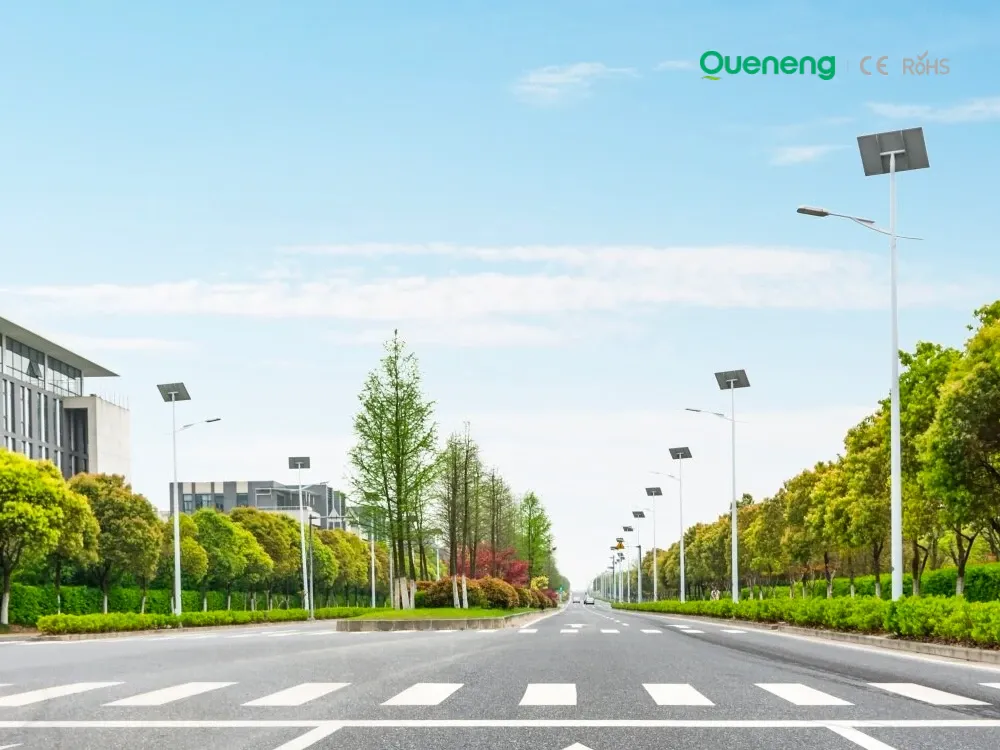
In recent years, the purchase of solar streetlights for municipalities has become a growing trend across the globe. Local governments are under pressure to reduce public expenditure, promote green energy, and create safer communities. Solar streetlights provide a reliable, cost-effective, and sustainable solution that meets these needs. Queneng Lighting, as a leading solar street lighting manufacturer, has supported multiple municipal projects worldwide with customized and energy-efficient solutions.
FAQ
Commercial and Industrial Parks
Can your solar lights operate in extreme weather conditions?
Yes, our lights are designed to withstand harsh environments, including heavy rain, high winds, and extreme temperatures.
Public Gardens and Landscape Lighting
How do I maintain solar lights in public spaces?
Solar lights require minimal maintenance. To ensure optimal performance, clean the solar panels periodically to remove dust, dirt, and debris. Also, check the light fixtures and batteries every year to ensure they are functioning properly. If needed, replace the batteries after 2-3 years.
Solar Street Light Lufei
How long does it take to install a solar street light?
Installation typically takes 1-2 hours, depending on the complexity of the setup. No external wiring is required, which makes installation faster and simpler compared to traditional street lighting.
Solar Street Light Lufeng
What type of LED technology does Lufeng solar street lights use?
Lufeng solar street lights use advanced LED technology, which provides bright, high-quality illumination while consuming less power compared to traditional street lights. LEDs are more energy-efficient, have a longer lifespan, and require less maintenance, making them ideal for outdoor lighting applications.
Sustainability
What is the wind resistance rating of Queneng solar street lights?
Our solar street lights are rigorously tested and can withstand wind speeds of up to 120 km/h. For areas with particularly strong winds, we offer customized solutions to enhance wind resistance.
Schools and Educational Institutions
Can solar lights be installed in remote locations without easy access to power sources?
Yes, solar lights are perfect for remote locations where it is difficult to lay electrical wiring. They provide autonomous lighting without the need for external power sources.

If you would like more information about Queneng solar lighting solutions, please send us a message by filling out the form below. Our professional team will get back to you within 24 hours!
Rest assured that your privacy is important to us, and all information provided will be handled with the utmost confidentiality.
Schedule a Meeting

Book a date and time that is convenient for you and conduct the session in advance.
Have more questions about our products or services?

